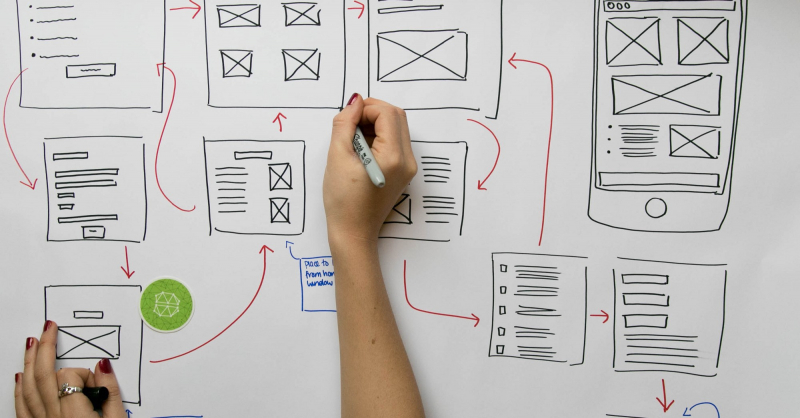If you are looking to redesign your website or app, leveraging UX best practices needs be part of the process. Your user experience will separate highly engaged customers from those that leave without converting.

When planning your UX design, consider the following:
No, you shouldn’t put everything on a single screen
The trendy thing for UX designers to do these days would be to put everything on a single screen. The usual argument is that there are fewer clicks, you create an overview, or you would be accommodating some users because they dislike scrolling. Of course, find a seasoned UX designer to help guide you through the right user experience design strategies. On the surface, it would open that you are multitasking, but to the novice user it just looks incredibly confusing.
Along these same lines, you should make sure that you avoid an overwhelming design. To the seasoned UX Designer, this might seem like it creates a solid overview, but you have to remember that not everyone is familiar with UX. Additionally, you should realize that regulars definitely value proximity, so make sure that the buttons you do have on screen are close to the data they need to manipulate. Finally, one of the most trendy current arguments would be that users have a dislike for scrolling. This isn’t necessarily true. It’s not scrolling that is the problem; it’s too much information on one screen that is often the issue.
Avoid putting everything in drop-down menus
Of course, there are a lot of arguments for using drop-down menus. One of them would be because they will make the page seem more focused and less cluttered and it will be easier for the user to find what they need. However, there are certain things that you should keep in mind when designing drop-down menus. Perhaps the cardinal rule is that you should think of your drop-down menus as a cabinet space. Naturally, you will need to go through each drawer until you find what you need. Make sure that you have good balance. A good rule of thumb is that just as how often an object is used determines where it goes in the drawer, how often a web user needs a button determines where it should go in the drop-down menu.
Keep the long lines and tiny text at bay
There’s nothing wrong with getting the most out of your screen. However, even though there is some credence to the argument that “users hate scrolling” and “we want the screen real estate to be used efficiently!”, the flip side of the coin is that you don’t want to do anything that will be too hard on the reader’s eyes. The other important concept is that the whitespace you see on your space is far from wasted. The next time you are on your favorite blog site, take a look at how it’s laid out. Chances are there will be some gaps, and part of the reason for that is because it shows to the reader that this is looked upon as important text.
Avoid having too many pop-ups
If you have ever pressed a button and then had to feast your eyes on a mobile pop-up window, then you know what I’m talking about. This might come as a surprise to you, but a lot of regular users don’t care for this. The main argument that UX developers will usually have regarding this would be that it gives the user more “context awareness.” However, if you get too carried away on pop-ups, the user could lose concentration, thus dumbing down your message.
As you can see, UX practices are very important. Some extra pointers would include giving a page a breadcrumb when it is more than one level deep; show the steps when you are asking the user to go through some hoops; avoid nesting a card within a card; make the form fields in a single column; and be sure to have descriptive names for all of your buttons.




